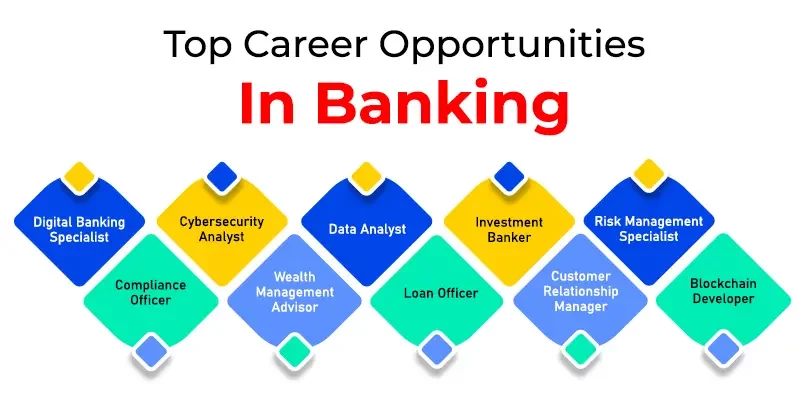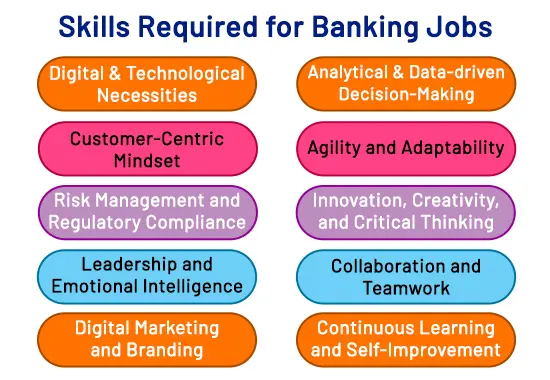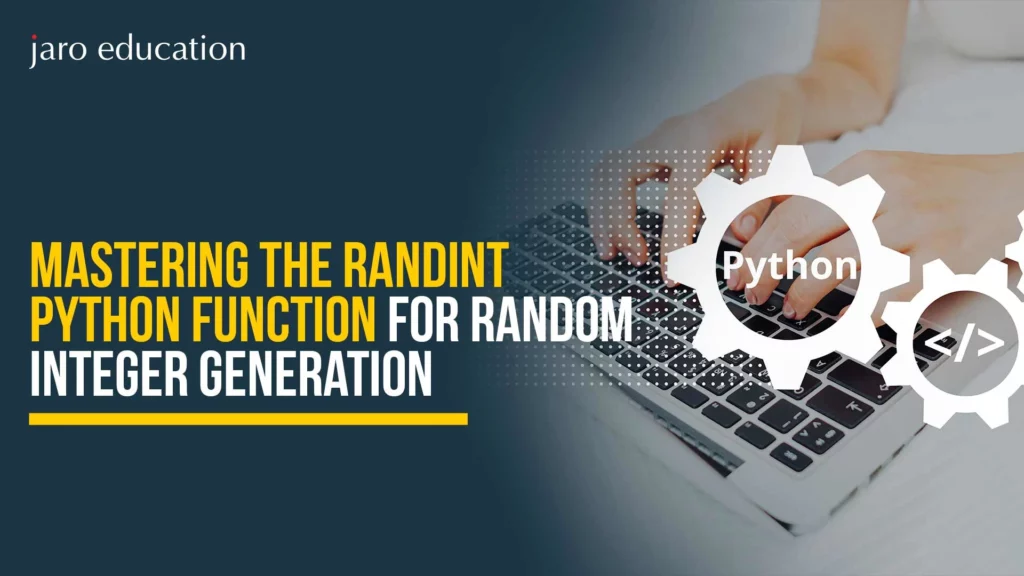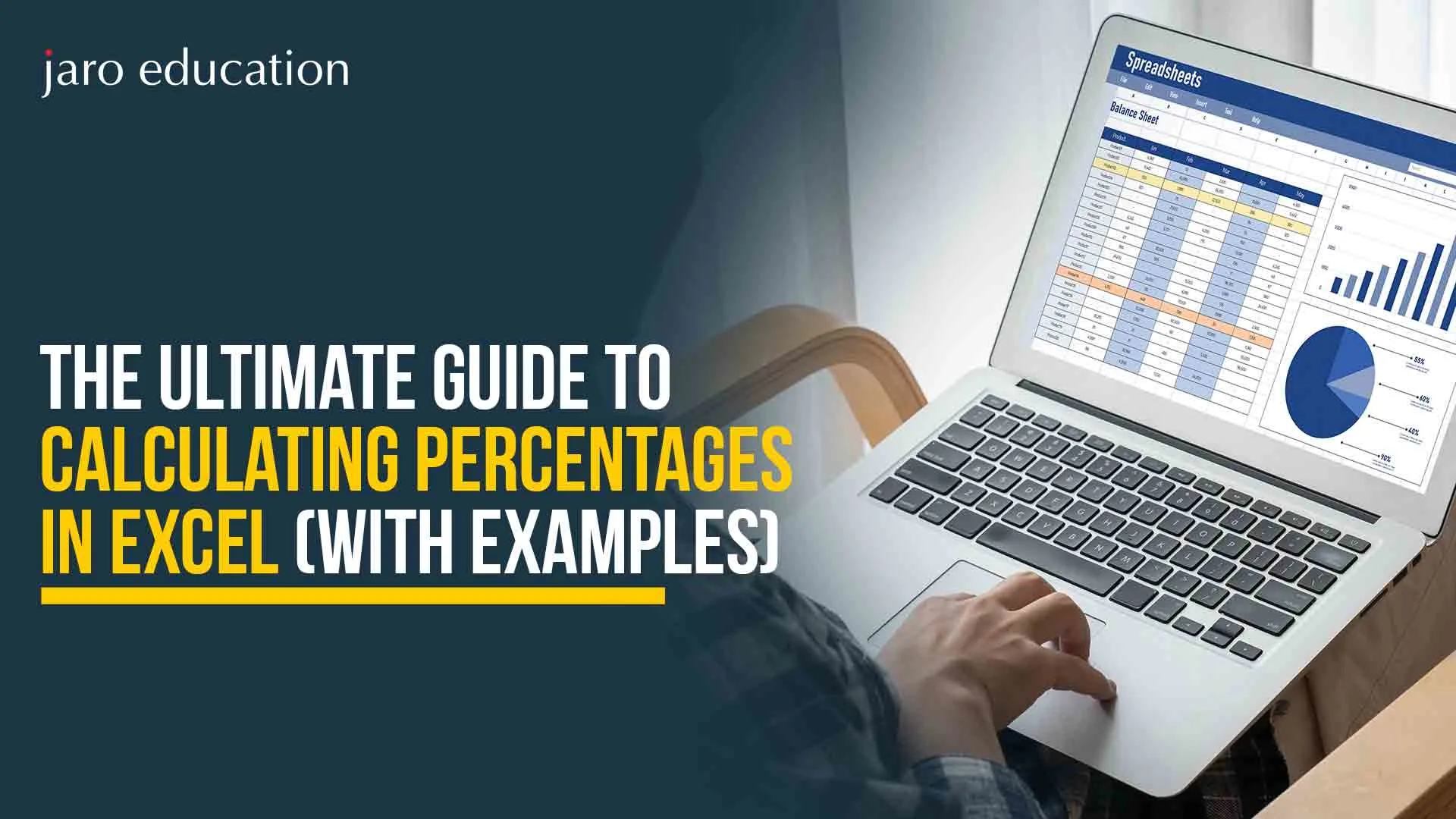Highest Position in a Bank: Career Ladder Explained
Table of Contents

In the world of finance, banking remains one of the most structured and aspirational career choices. Whether you are a fresh graduate exploring opportunities, a mid-level professional looking to upskill, or someone considering a shift into the financial sector, understanding the highest post in a bank and the entire hierarchy is essential. This knowledge not only gives clarity about long-term growth but also highlights the skills and qualifications required to reach each stage.
Climbing the Banking Career Ladder: Where Do You Begin?

*rozgar.com
Have you ever wondered what the highest post in a bank is, or how professionals climb the ladder from entry-level positions to executive leadership? In today’s competitive job market, where industries are being reshaped by digital transformation, automation, and evolving customer expectations, banking remains one of the most aspirational and stable career paths.
For professionals seeking growth, banking offers clear career progression, a structured hierarchy, and opportunities to specialize in areas ranging from retail banking to investment strategy. However, reaching the highest post in a bank requires not only dedication but also continuous upskilling, leadership development, and industry awareness. With shifting regulations and digital disruption redefining the sector, understanding the bank post hierarchy is the first step toward preparing for long-term success.
This blog breaks down the bank post name list and career ladder in detail, helping you visualize the path from entry-level positions to the most prestigious roles in the industry.
Career Ladder in Bank Post Hierarchy
The journey to the highest post in the bank is a structured climb. Below is a step-by-step look at the hierarchy, responsibilities, and growth opportunities.
1. Entry-Level Positions
These roles act as the foundation for any banking career.
- Clerk / Probationary Officer (PO):
- Responsibilities: Customer service, handling deposits, account openings, loan applications.
- Skills Required: Communication, basic financial knowledge, problem-solving.
- Salary Range (India): ₹3.5–6 LPA (Source: IBPS, Naukri.com 2024).
- Responsibilities: Customer service, handling deposits, account openings, loan applications.
Pros: Easy entry via exams, job security.
Cons: Limited decision-making power, high volume of routine work.
2. Mid-Level Roles
Once professionals gain experience, they progress into management-focused designations.
- Assistant Manager / Manager:
- Supervise clerical staff, manage branch operations, oversee small loan portfolios.
- Average Salary: ₹6–12 LPA.
- Supervise clerical staff, manage branch operations, oversee small loan portfolios.
- Senior Manager:
- Lead branch strategies, ensure regulatory compliance, and manage client relationships.
- Salary: ₹12–18 LPA.
- Lead branch strategies, ensure regulatory compliance, and manage client relationships.
3. Upper-Mid-Level Roles
This is where banking professionals start shaping policy and strategy.
- Chief Manager:
- Handle credit approvals, large-scale accounts, and financial analysis.
- Salary: ₹18–25 LPA.
- Handle credit approvals, large-scale accounts, and financial analysis.
- Assistant General Manager (AGM):
- Drive regional performance, coordinate multiple branches.
- Salary: ₹25–32 LPA.
- Drive regional performance, coordinate multiple branches.
4. Senior Leadership Roles
Here, the bank post hierarchy reaches a turning point toward executive responsibilities.
| Role | Key Responsibilities | Salary Range (India) |
|---|---|---|
| Deputy General Manager (DGM) | Manage zones/regions, oversee business development | ₹30–40 LPA |
| General Manager (GM) | Set strategic direction for divisions (retail, corporate, digital) | ₹40–55 LPA |
| Executive Director (ED) | Represent bank at national level, drive policy execution | ₹55–70 LPA |
5. Apex Positions: The Highest Post in Bank
The pinnacle of the bank post name list includes roles that shape not only the institution but also influence the financial ecosystem.
- Chairman and Managing Director (CMD) / Chief Executive Officer (CEO):
- The bank highest post, responsible for vision, policy decisions, shareholder value, and long-term growth.
- Oversees thousands of employees, drives mergers, digital adoption, and compliance with RBI/SEBI.
- Average Salary (India): ₹1–3+ crore annually (Source: RBI annual disclosures, ET 2024).
- The bank highest post, responsible for vision, policy decisions, shareholder value, and long-term growth.
- Governor (for central banking systems like RBI):
- Not within a commercial bank but still regarded as the highest post in bank governance.
- Influences national monetary policy, inflation control, and economic stability.
- Not within a commercial bank but still regarded as the highest post in bank governance.
At a Glance: The Bank Post Hierarchy
This quick snapshot helps professionals visualize how the journey unfolds across different levels in the banking sector. Each step brings new responsibilities, leadership exposure, and skill requirements, ultimately leading toward the highest post in the bank.
| Hierarchy Level | Bank Post Name List | Growth Potential |
|---|---|---|
| Entry Level | Clerk, PO | Training ground for leadership |
| Mid-Level | Assistant Manager, Manager, Senior Manager | Exposure to operations & strategy |
| Upper-Mid-Level | Chief Manager, AGM | Specialized expertise, larger portfolios |
| Senior Leadership | DGM, GM, ED | National-level influence |
| Apex | CMD/CEO | Highest decision-making authority |

*rozgar.com
Industry Trends Impacting Career Progression
The banking sector is constantly evolving, shaped by technology, regulatory frameworks, and customer expectations. Staying aware of these trends is crucial for professionals aspiring to climb the bank post hierarchy and eventually reach the highest post in bank.
- Digital Banking & FinTech: New roles emerging in digital operations, cybersecurity, and AI-driven analytics.
- Globalization: Cross-border trade finance and global regulatory compliance boosting demand for specialists.
- Upskilling Gaps: Skills in risk management, digital finance, and leadership are increasingly critical.
How Jaro Helps
Climbing to the highest post in a bank requires more than years of experience—it requires structured upskilling, leadership training, and exposure to global best practices. This is where Jaro Education becomes a trusted partner.
Jaro’s Role in Career Advancement
- Partnerships with Top Institutions: Jaro collaborates with IIMs, IITs, and international universities to bring banking and finance professionals access to globally benchmarked programs.
- Flexible Learning: Online and hybrid formats allow full-time working professionals to upgrade their skills without career breaks.
- Personalized Counseling: Jaro’s experts guide you toward the right program based on your career aspirations.
Highlighted Program
- Certification Program in Corporate Finance & Analytics – Taught by KPMG in India
- Duration: 6 Months
- Mode: 125 hours live virtual instructor-led training
- Skills: Risk management, digital banking, leadership in finance
- Ideal Learners: Working professional between 1 to 7 years (with no CA/CFA degree) of experience as a: BCOM, MCOM, MBA (Finance) or similar
- Duration: 6 Months
- Global Finance Certifications (with international partners):
- USP: Industry-recognized, curated for Indian professionals eyeing global markets
Support Beyond Courses
- Jaro Connect: Networking opportunities with alumni and industry leaders.
- Career Guidance: Helping learners explore career shifts without overpromising placements.
“Start your learning journey today with Jaro’s exclusive programs designed to align with the evolving banking sector.”
Charting Your Path to Leadership
The path to the highest post in a bank is not just about experience—it is about evolving with industry trends, mastering new skills, and aligning with global practices. From clerical roles to the CEO’s office, the bank post hierarchy provides professionals with a roadmap of growth opportunities.
As banking continues to embrace digitization, risk analytics, and customer-centric innovation, the need for upskilled leaders is higher than ever. With Jaro Education’s guidance, curated programs, and personalized counseling, professionals can strategically position themselves for long-term success.
Explore exclusive programs with India’s top institutes and unlock your leadership potential in the banking industry.
Frequently Asked Questions
What kind of support does Jaro provide during the course?
Jaro offers personalized counseling, live learning support, and value-added networking opportunities through Jaro Connect. While Jaro facilitates learning, the degree or certification is granted by the partnered university/institution.
Can I apply if I am working full-time?
Yes. Most Jaro programs are designed in flexible formats (online/live classes), enabling working professionals to balance their career and education seamlessly.
How is this program different from a regular online course?
Unlike generic courses, Jaro programs are curated in collaboration with IITs, IIMs, and global universities. They are industry-driven, mentorship-focused, and recognized for their academic rigor.
Will this program help me transition into a new industry?
Yes, while no program can guarantee placement, Jaro’s offerings are designed to equip you with cross-functional skills, leadership capabilities, and industry insights that support career transitions.
Do I need prior banking experience to enroll in these programs?
Not always. Many programs are designed for professionals from diverse backgrounds such as IT, business, or finance. However, having foundational knowledge in banking or finance can help you grasp advanced concepts more easily.
What career outcomes can I realistically expect after completing a program?
While outcomes vary by individual effort, industry demand, and prior experience, learners typically gain skills that prepare them for leadership roles, cross-functional projects, or opportunities to advance within the bank post hierarchy. Jaro supports this journey with guidance, not placement guarantees.







![Journalism-and-Mass-Communication-Salary-in-India-in-2025-[Average-to-Highest]](https://jaro-website.s3.ap-south-1.amazonaws.com/2025/10/Journalism-and-Mass-Communication-Salary-in-India-in-2025-Average-to-Highest-1024x576.webp)









